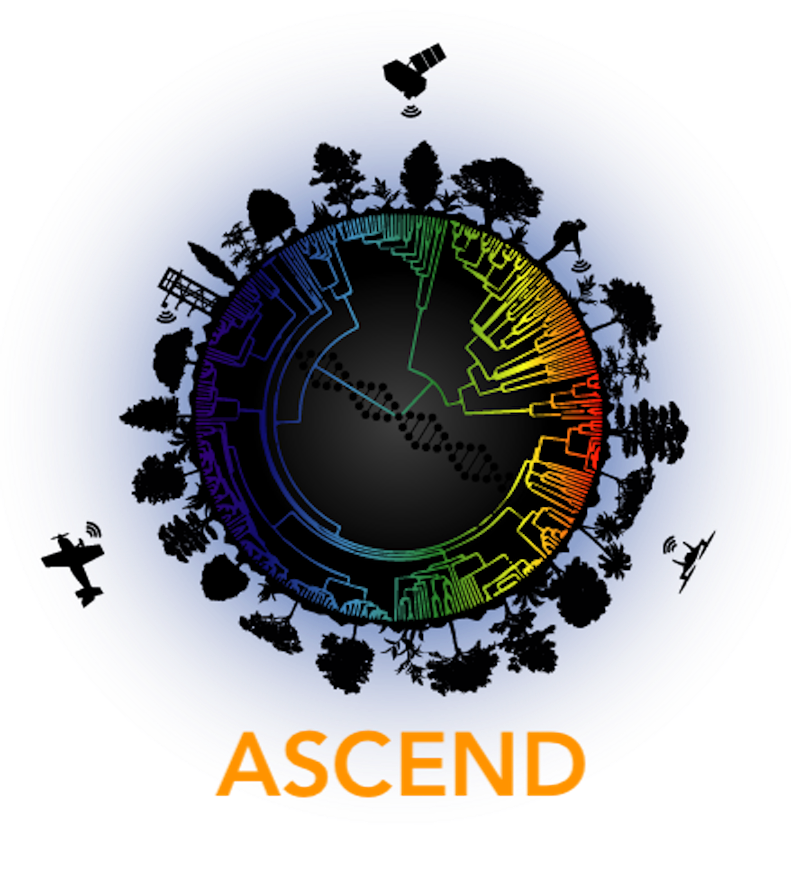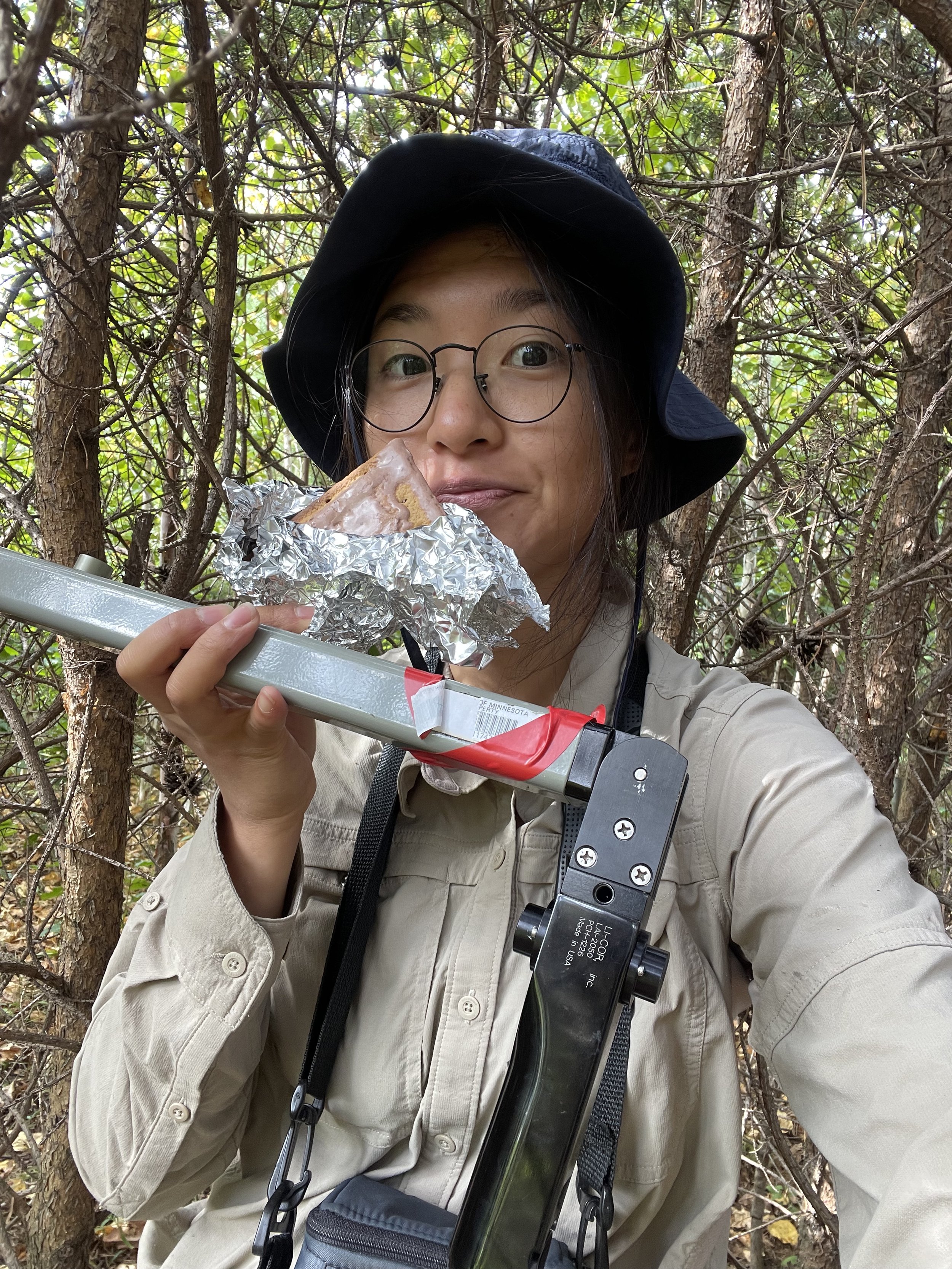NextGen: Maria Park
Tell us about yourself
Hello! My name is Maria. I am a doctoral candidate in the Department of Ecology, Evolution and Behavior at the University of Minnesota in the lab of Jeannine Cavender-Bares. I am a second-generation Korean-American, born and raised in Baltimore, Maryland. I attended Harvard for my undergraduate studies, and then went to the Seychelles to do marine conservation and art for a year before coming to Minnesota. I appreciate the wonders of the natural world, and am currently studying how forest biodiversity influences tree physiology and ecosystem functioning. I hope that by deepening our understanding of critical ecosystem processes, we can better inform ecological conservation and restoration efforts.
When did you know that you wanted to become a scientist?
I have always loved being outside in nature. As a kid, I was curious about the birds that flew overhead, the wild onions that grew in back alleys, and the stream that gurgled through my neighborhood. In high school, I took an eye-opening environmental science class (thank you Ms. Jenkins). I learned that it was possible to have a career in science in which you could work outside and help take care of our world’s ecosystems. I wanted to do that! Thanks to the wonderful mentors I have had throughout my life, I have continued on this journey of scientific inquiry.
What are the main research projects you work with in ASCEND?
Within ASCEND, I am interested in understanding how forest community composition influences individual tree physiology and ecosystem properties, such as microclimate, light availability, soil nutrient content, and the productivity of forest stands. I do my research in a Forest and Biodiversity experiment (FAB) at the Cedar Creek Ecosystem Science Reserve in Minnesota. I incorporate a variety of scientific methods including plant hydraulic measurements, leaf-level and drone-based spectroscopy, soil sampling, phenological surveys, and environmental datalogging. I am working towards synthesizing an understanding of forest diversity and dynamics by scaling between levels of biological organization.
How would you explain your research to someone who is not a scientist?
A lot of research has shown that diverse plant communities offer benefits for ecosystems, but the reasons for how and why these benefits exist are still being figured out. I study how trees interact with each other. Do they compete? Do they facilitate each other’s growth and survival? How do they do that? I hope that by deepening our understanding of how diverse tree communities can promote greater survival and growth of trees, we can take better care of the ecosystems that we depend on.
Maria Park, doctoral student at the University of Minnesota
A fellow graduate student brought me a pop-tart while I was taking measurements of light in the Forest and Biodiversity (FAB) experiment. Thanks George!
What are your hobbies and preferred activities when you are not doing science?
When I am not doing science, I like to spend quality time with friends, make art, play musical instruments, go on hikes, bike, read, sleep, try new foods, and explore the world around me. I have been experimenting more with making natural pigments and painting with them. There is an ecological connection you can tangibly feel when you harvest plants, derive pigments, and then paint with them. There is also a lot of chemistry involved! This is part of an effort to be more sustainable in my art-making practice, and to integrate my dual passions for art and ecology.
A painting of one of the tree species I am studying, Northern Red Oak (Quercus rubra), along with associated fungi and invertebrates. I painted the piece using pigments made from buckthorn berries, wild grapes, walnut fruits, and baking soda. It is currently displayed on my advisor’s office door.


